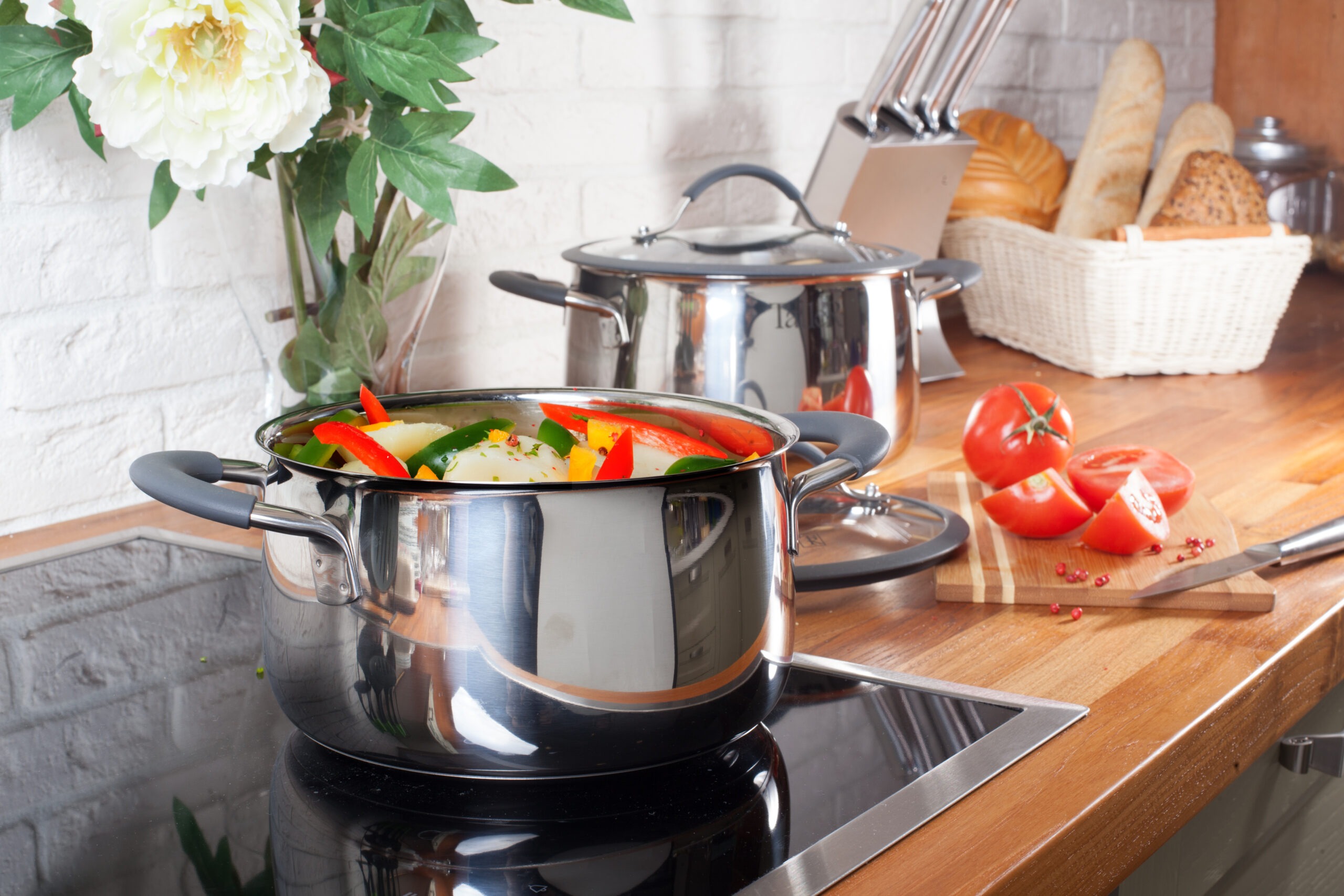Why cooking with gas is a climate no-no
It’s the lead paint, the asbestos of the 2020s.
We’re referring to that appliance equally beloved by Mom and those gnarly savants we watch on shows like “Top Chef.”
Yes, the gas stove.
Why does this matter to meeting profs? You source hotel kitchens, caterers and restaurants. In the same way you vote with your dollars for sustainable practices of any kind, you can influence for a healthier environment for culinary workers by your vendor choices and RFPs—and in your workplaces and homes.
It’s been said living with a gas stove, even a pricey model, is as bad for your health as residing with a smoker. One in eight cases of childhood asthma is caused by it, a recent study says. Environmentally, it’s no better. When in use, pollutants they expel would be illegal in many states if done outdoors, observed a recent newsletter from Yale University. Perhaps more alarming, even when not frying your eggs, gas stoves still emit dangerous methane—a greenhouse gas 80 times more harmful to the atmosphere than CO2.
Read More: Your Complete Guide to Sustainability
Yearly methane emissions from gas stoves, which are in about a third of U.S. homes and nearly every restaurant and hotel kitchen, are like putting 500,000 more cars on the road, according to one estimate.
What Now?
But what is the best workaround?
“Even when not frying your eggs, gas stoves emit dangerous methane.”
In a word, induction. A growing number of chefs say they actually prefer this option—electric stoves that generate heat electromagnetically, not thermally—for a host of reasons beyond the health and environmental benefits.
Noma in Copenhagen, Denmark, which has ranked as best restaurant in the world multiple times, replaced its gas-powered cooktops for commercial induction models, for example. And one of New York City’s most revered fine-dining meccas, Le Bernardin, did the same. Chef and co-owner Eric Ripert has become a huge fan. The induction cooktops, he’s said, offer more precise heat control, are safer to use—their ceramic glass surfaces remain cool except where pans sit—are easier to clean and incredibly fast. Water comes to boil in half the time of a gas burner.
Read More: Making a Tasteful Impression Through a Food and Beverage Program That’s a Cut Above
Chef Christopher Galarza, president of the Pittsburgh chapter of the American Culinary Federation and an advocate for green kitchen tech, remembers glancing at a meat thermometer in his chef coat on the job a few years back: It read 135 degrees. Now, in his all-electric kitchen, it stays in the low 70s even as dinner service is in full swing. He also likes spending less money on stovetop cleaning supplies and staff time to do that work.
“And for me personally, I can tell you that my mental health is better,” Galarza says.
For cost reasons, we won’t see existing kitchens in meetings hotels switch over to induction cooking overnight. But you should certainly include the question in your RFPs to new properties, and every catering kitchen can afford to buy compact single-burner induction cooktops for buffet activations and uses such as omelet stations.
So, say “no way” to cooking with gas.
Brought to you by Caesars Entertainment
This article appears in the July 2024 issue. You can subscribe to the magazine here.





